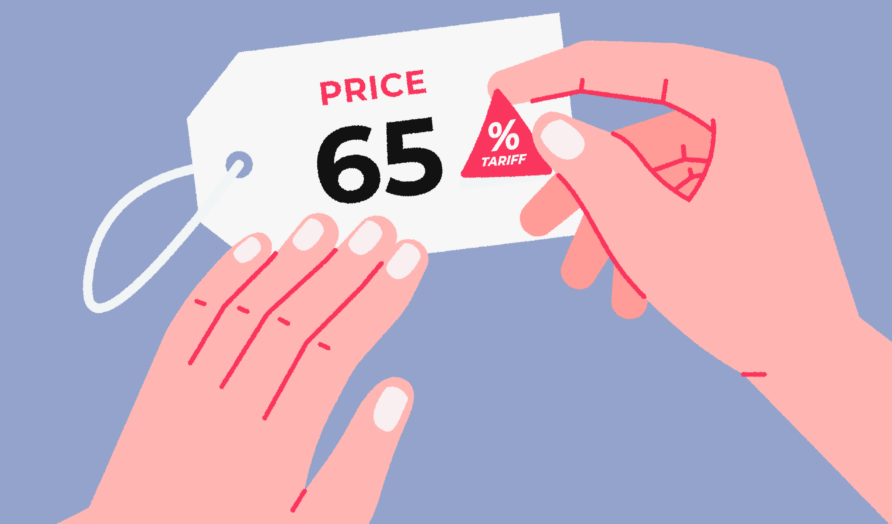Dealing with retail, displaying prices might seem like a minor operational detail.
However, for the Italian and European legislature it serves as a crucial balance point between market transparency, customer protection, and fair competition. According to the Italian Supreme Court (Corte di Cassazione), this rule applies regardless of whether the product is a designer garment or a luxury handbag.
In a decision of June 3, 2025, the Supreme Court dismissed the appeal of a renowned luxury fashion house, confirming an administrative fine which was issued after an inspection by the authority (Guardia di Finanza). The core issue involved price tags, which, although present, were either hidden inside garments or tucked away in zipped handbags—a common practice in high-end boutiques, where visible tags are often considered as a distraction from the product aesthetic or the overall shopping experience.
However, the judges were not convinced by this argument.
The central point of the decision is the interpretation of Article 14 of Legislative Decree No. 114/1998, a key component of Italian commercial regulation. This article mandates “clear and legible” prices for all products on display. This national requirement aligns with Article 4 of EU Directive 98/6/EC, which addresses consumer protection in the indication of product pricing.
The Supreme Court clarified that prices must be not only legible but also immediately visible, without the consumer needing to handle the product or ask for assistance. In simpler terms, if the price is not easily seen, it is effectively invisible.
The fashion house claimed that having a price tag with clear and legible characters was sufficient to meet the requirement, however, the Court emphasized that “legibility” and “visibility” are two distinct but complementary concepts. A price not only needs to be legible but must also be visible at first glance, without any effort or searching. A tag hidden inside a garment or tucked away in a bag does not meet this standard, regardless of how well it is printed.
The Court also rejected another argument presented by the appellant, which claimed that in the fashion industry—especially in the luxury sector—brand image, store ambiance, and the staff professionalism are what truly matter. They argued that a clearly visible price would conflict with the brand’s identity. However, the Court firmly countered this claim, stating that customer rights should not be undermined for market logic.
To support its position, the Court referred to a previous decision of 2005 in which it clarified that the primary purpose of Article 14 of Legislative Decree 114/1998 is to ensure the visibility of product prices. While this principle may be balanced with the market logic, it must not be compromised, defeating its original intent— specifically, by obscuring the price entirely.
This principle applies universally but has particular relevance for those operating in fashion retail, especially in Italy. The practical implications are clear: retail strategies that prioritize visual presentation or brand image must not undermine price visibility.
The Italian Supreme Court has confirmed to support a strict interpretation of legal rules on price transparency. For foreign fashion houses entering the Italian market, understanding this framework is essential: practices that may be acceptable — or even standard — in other jurisdictions could result in enforceable sanctions in Italy.

